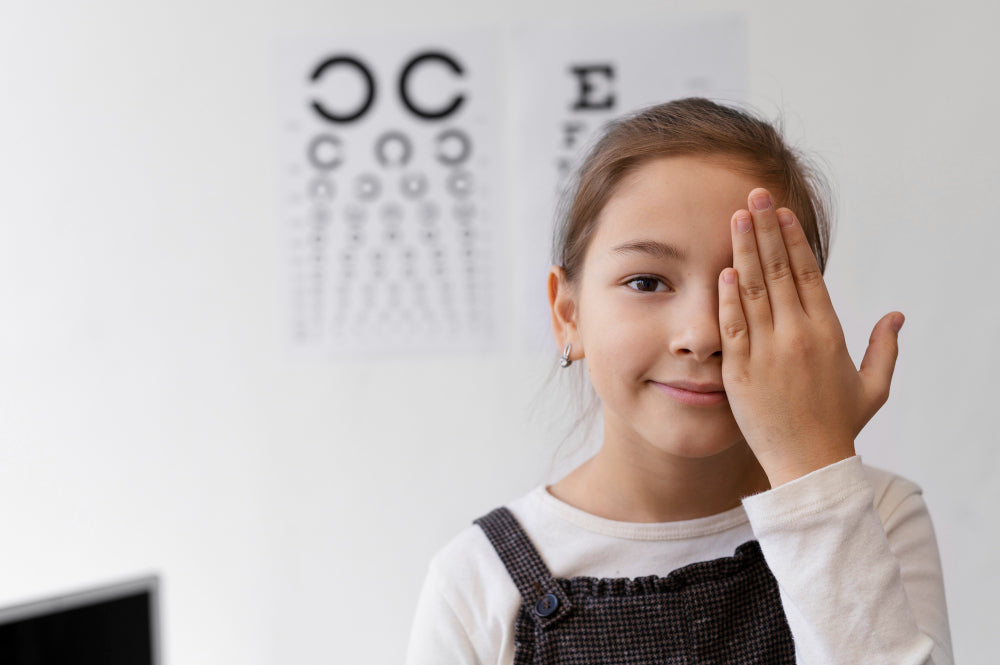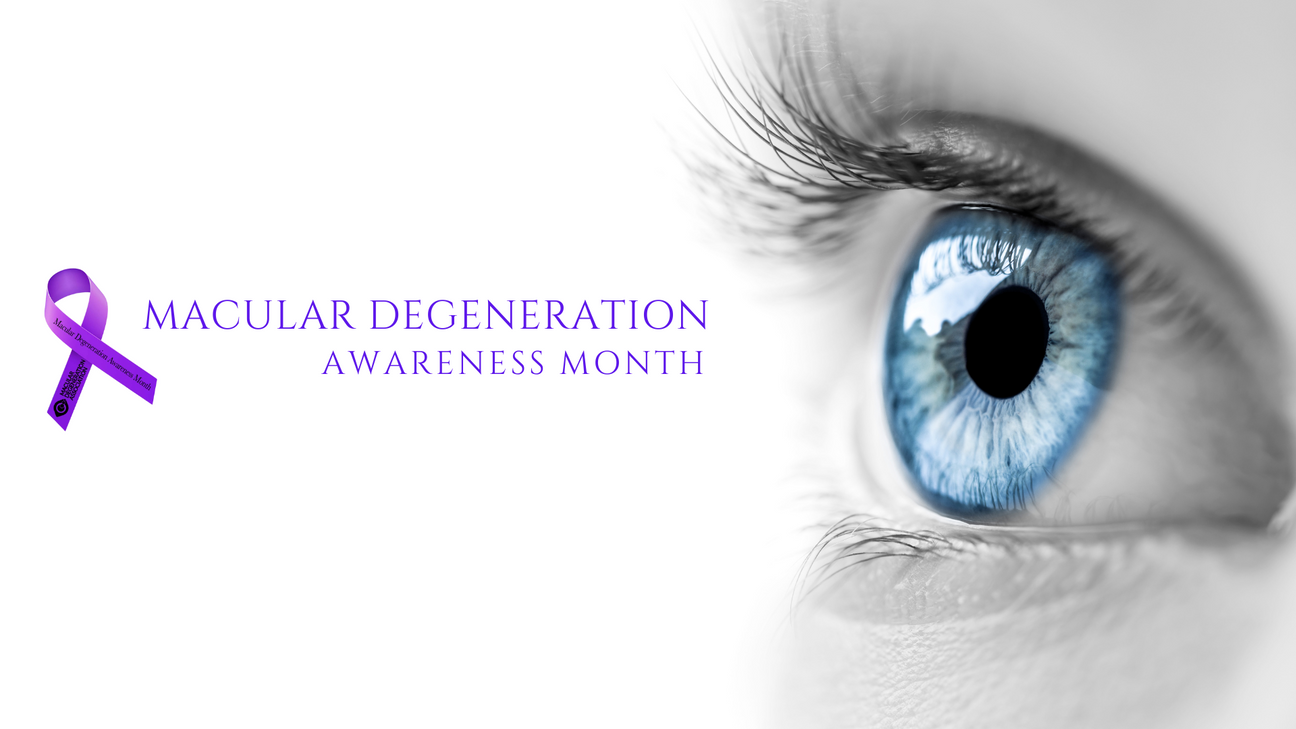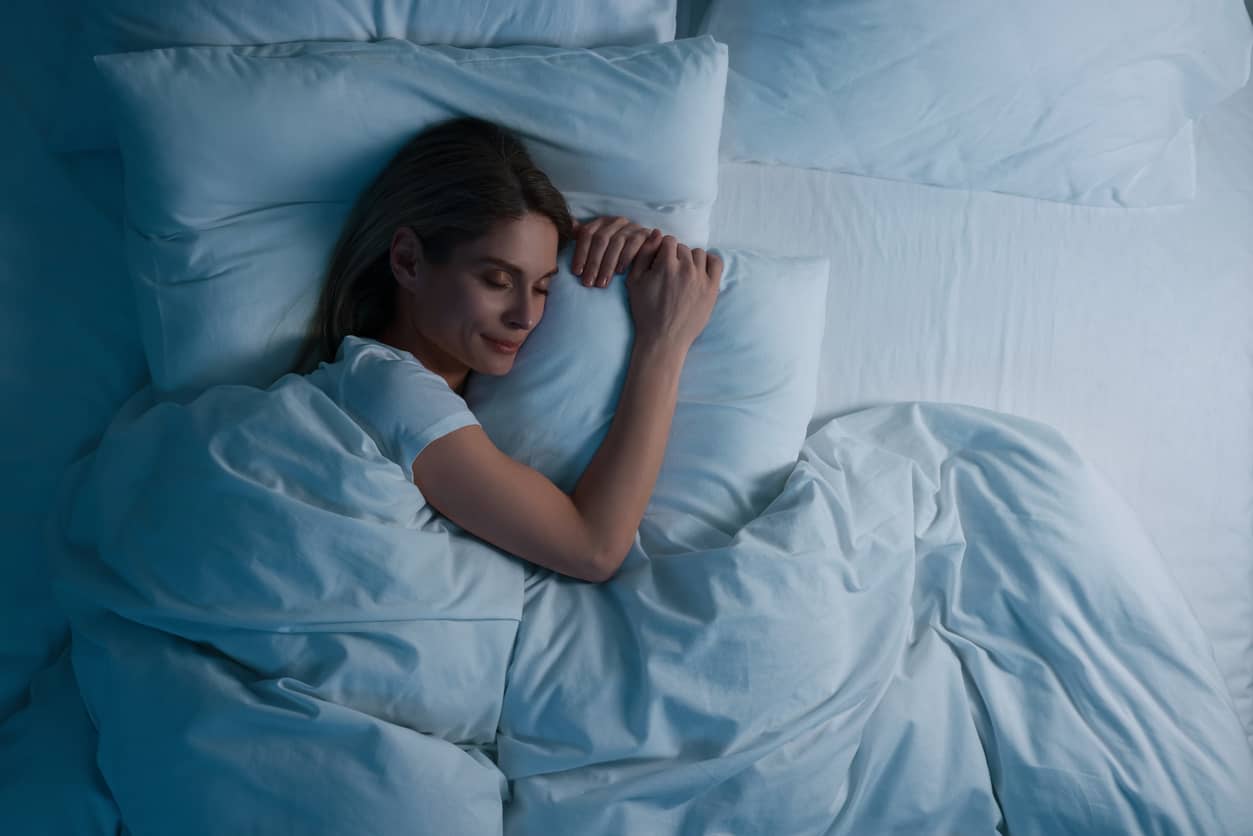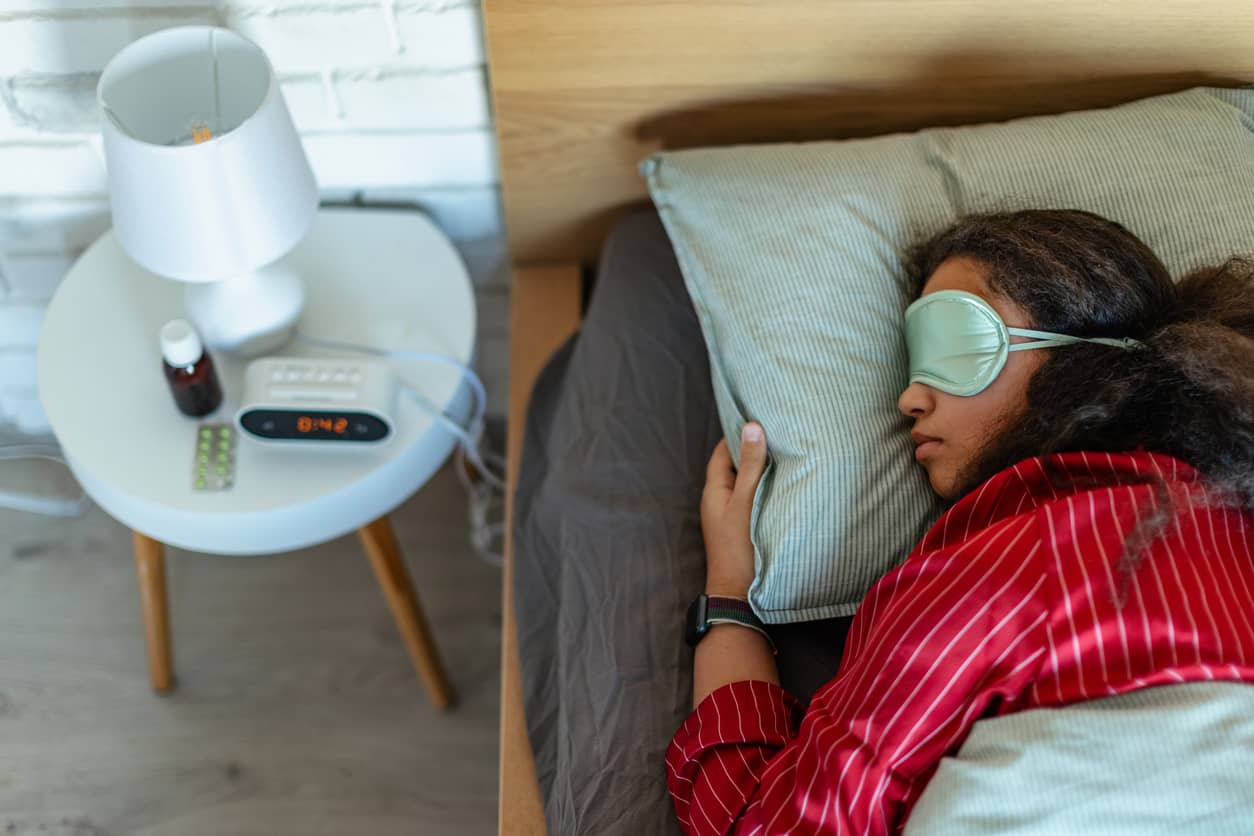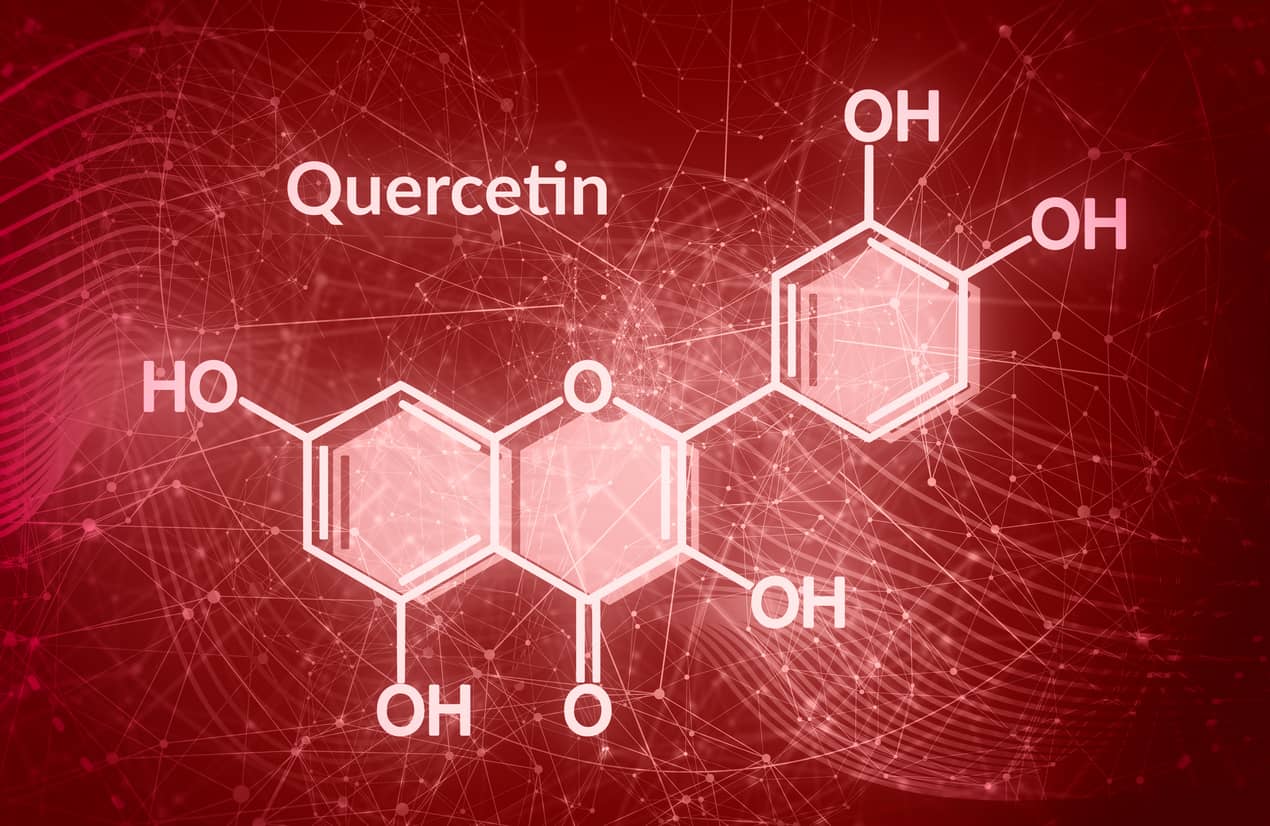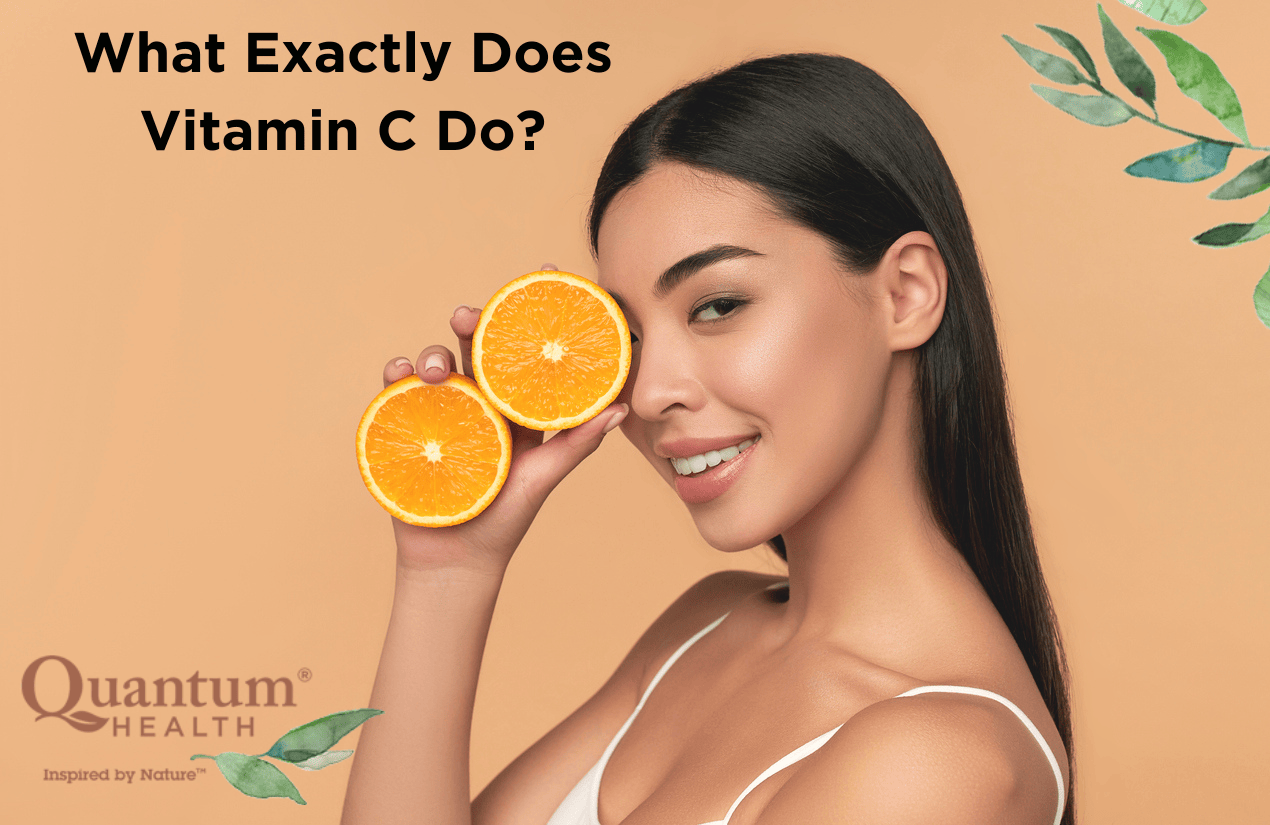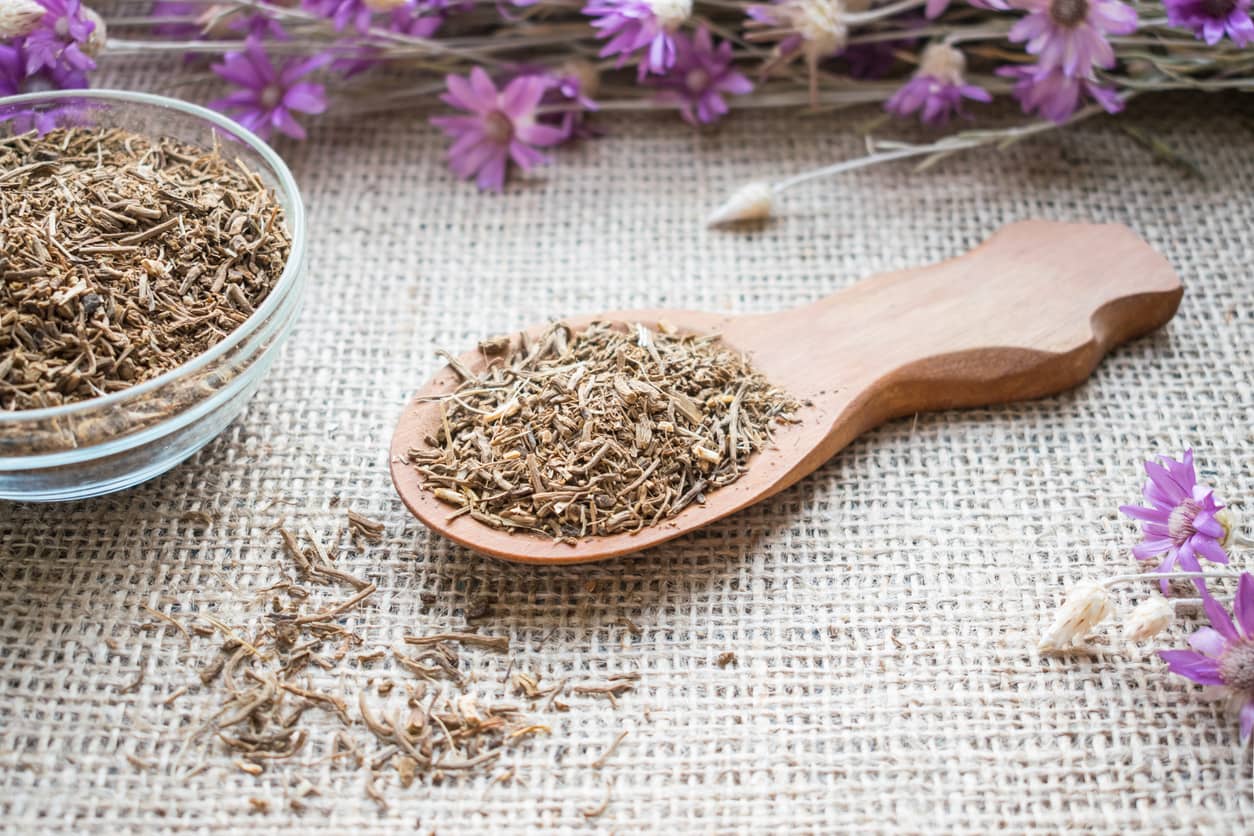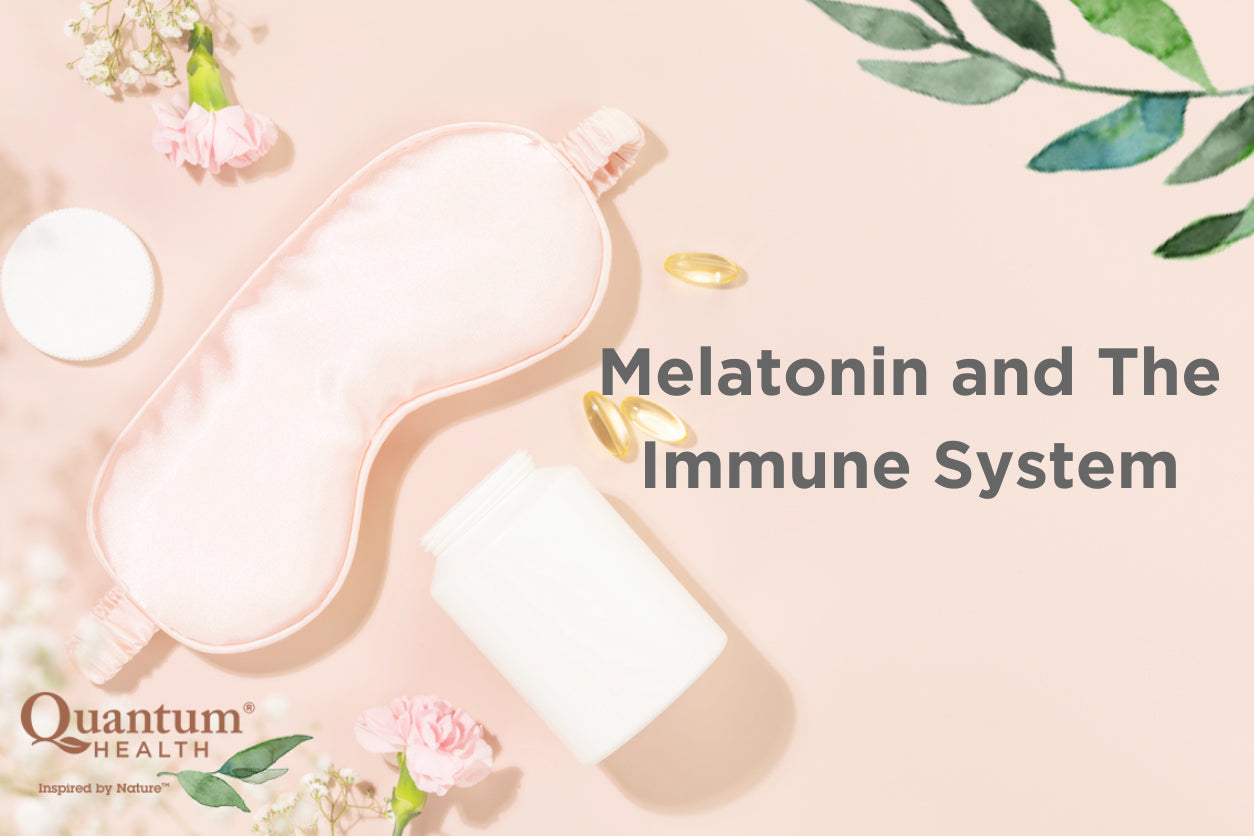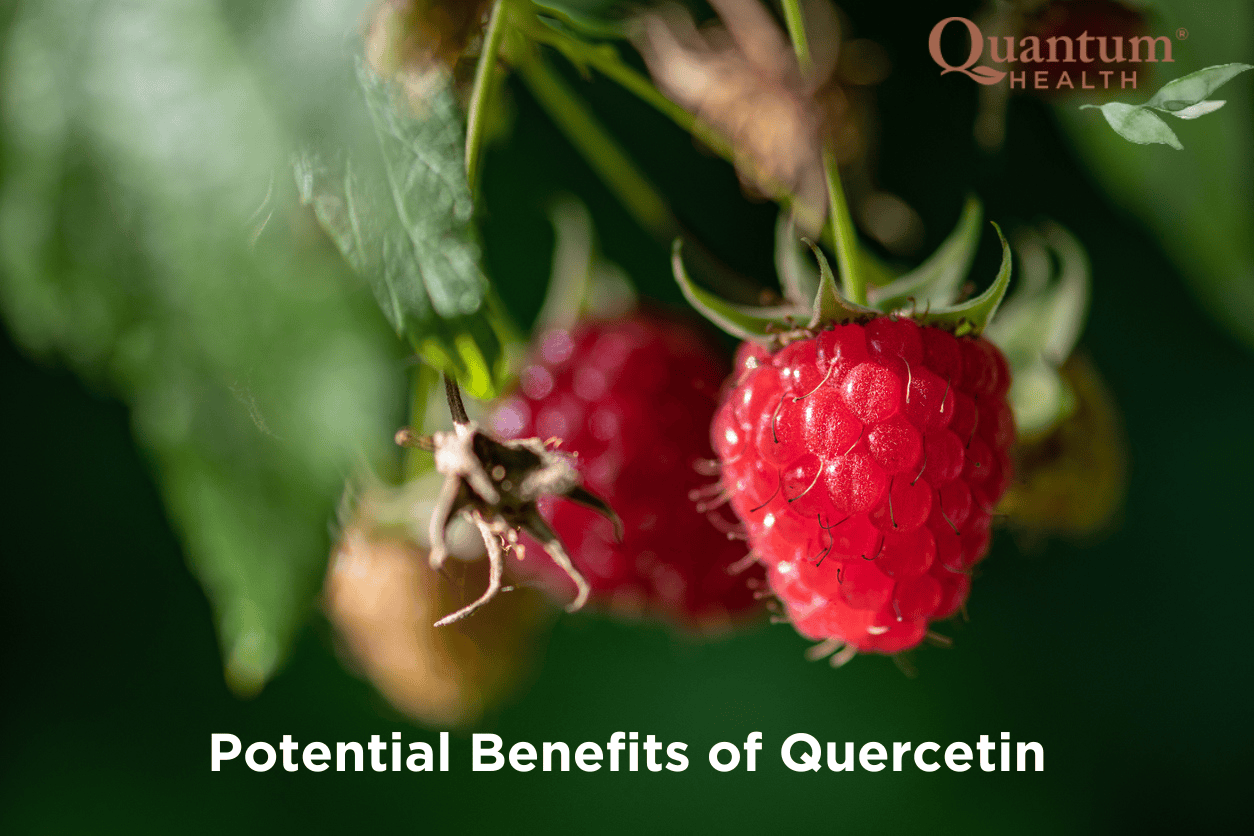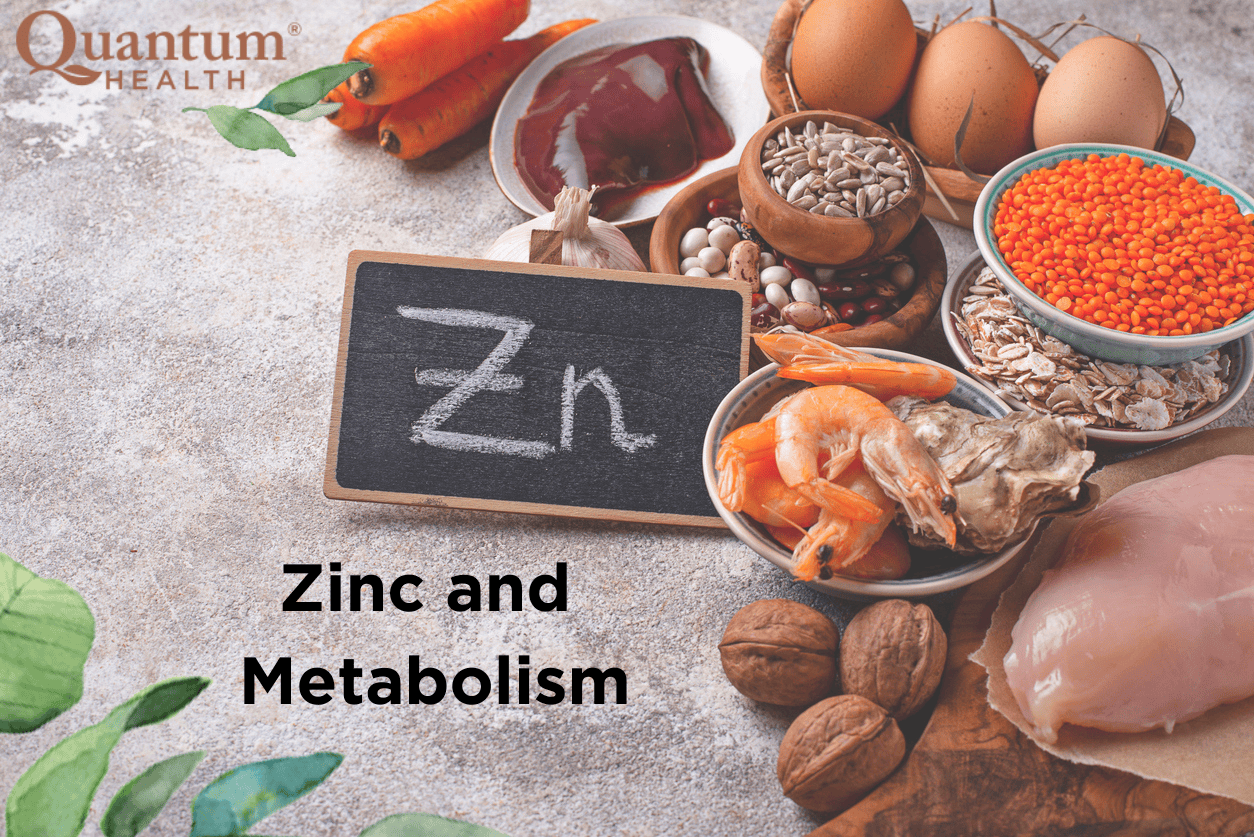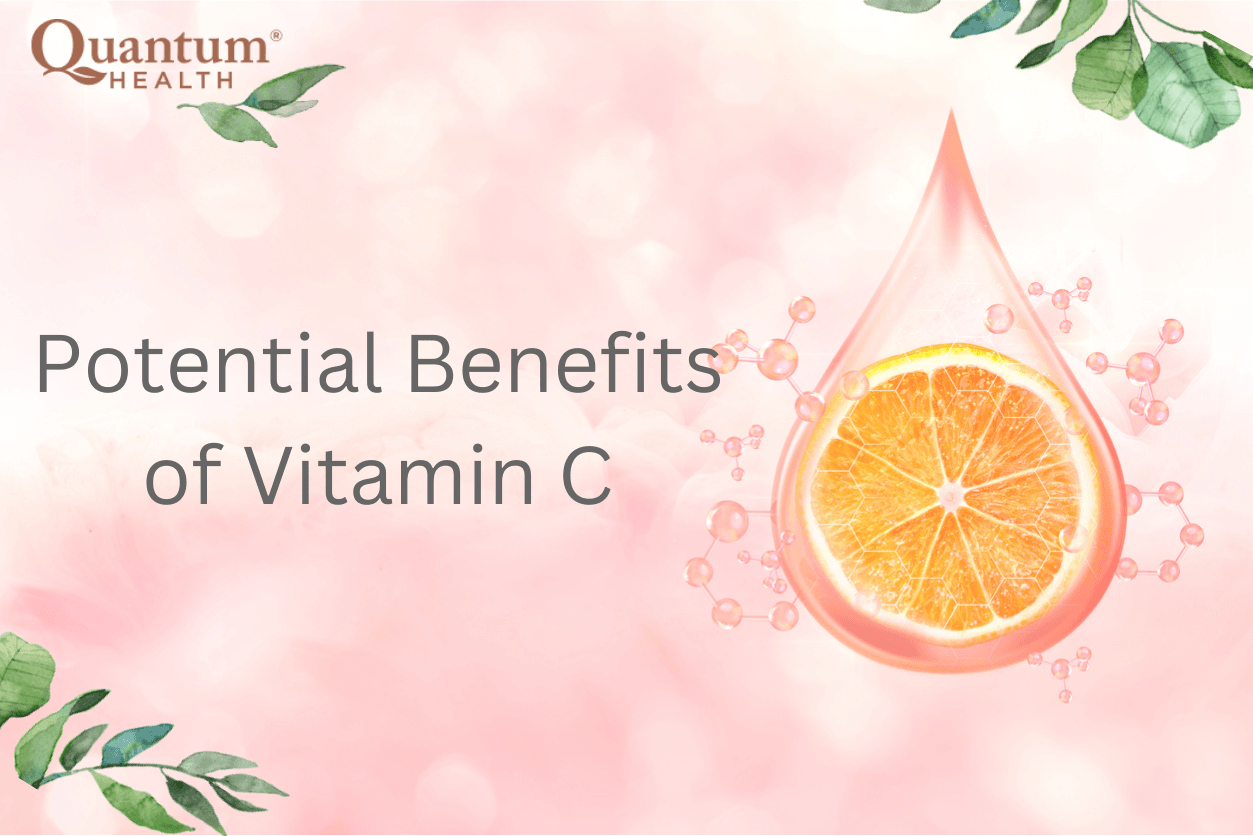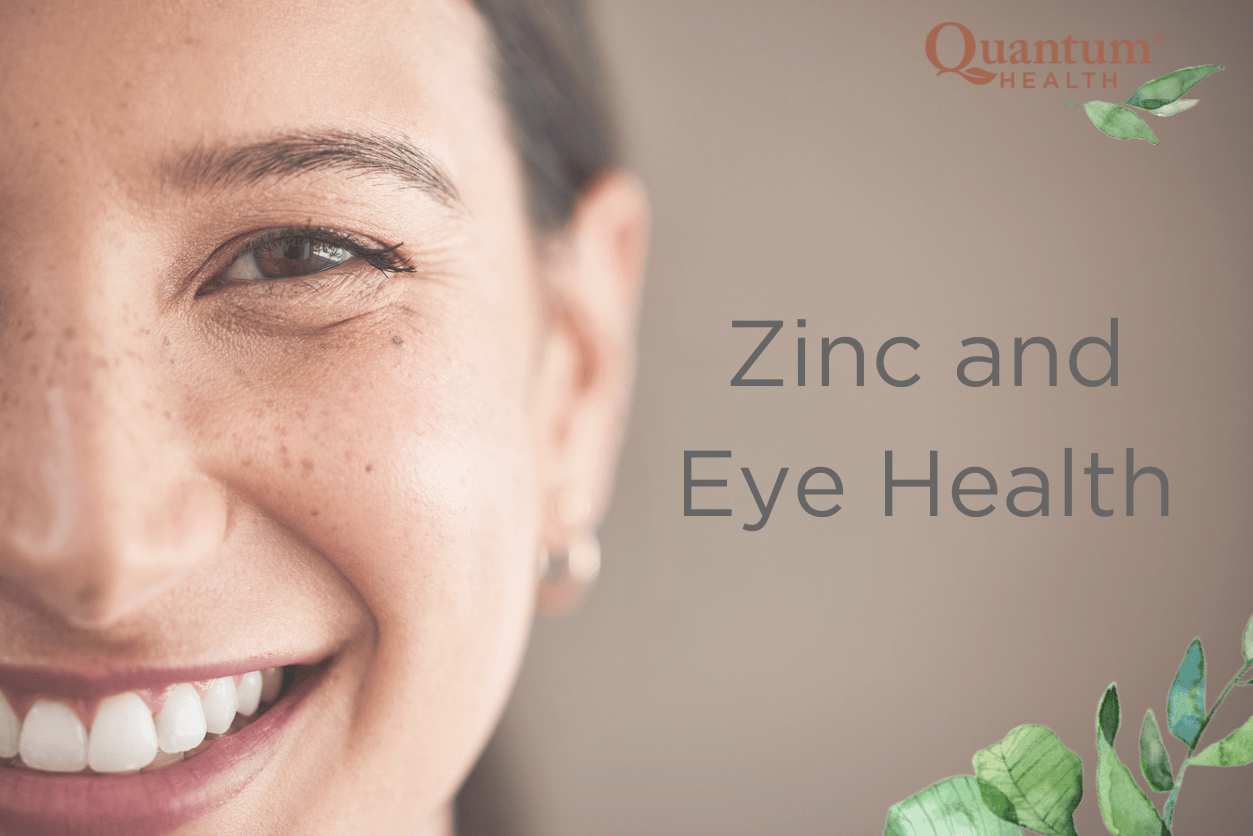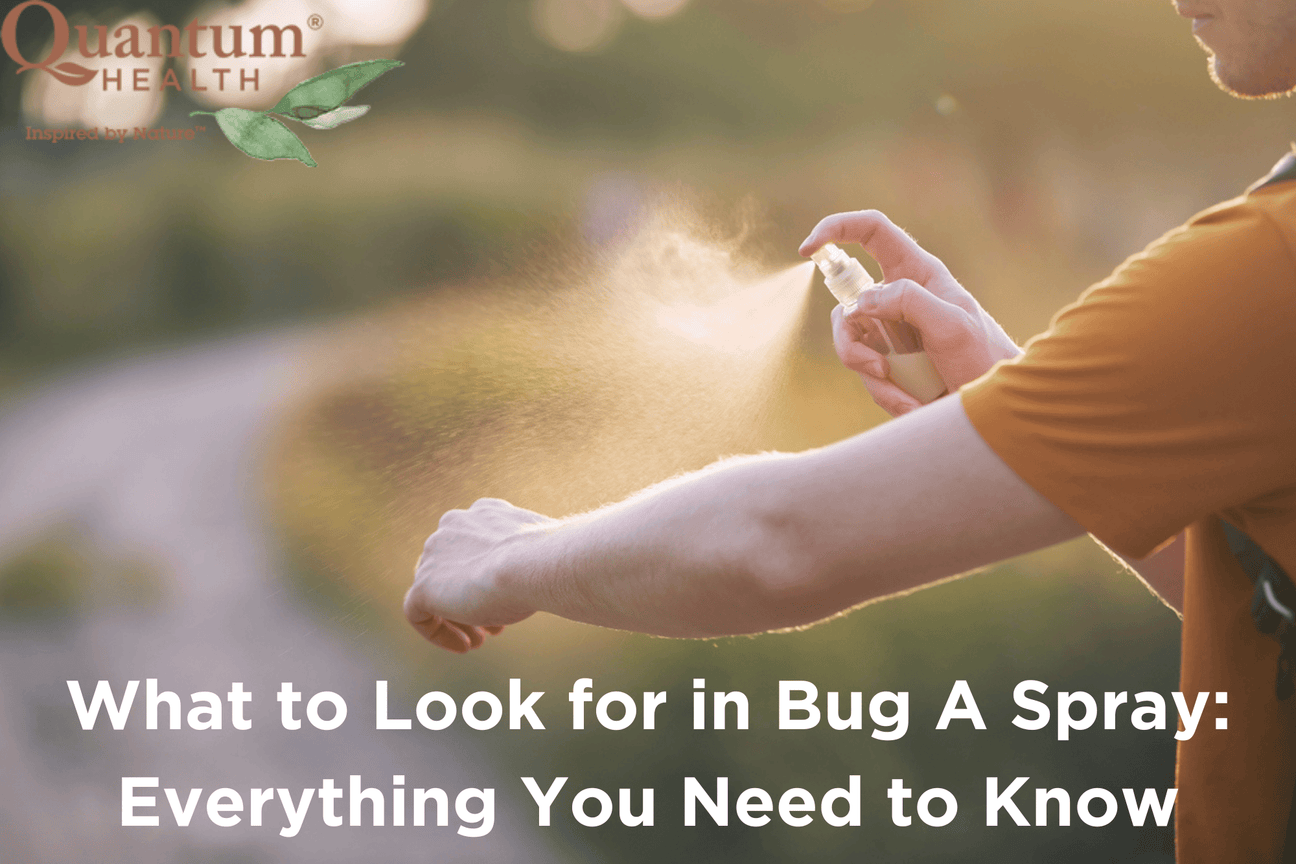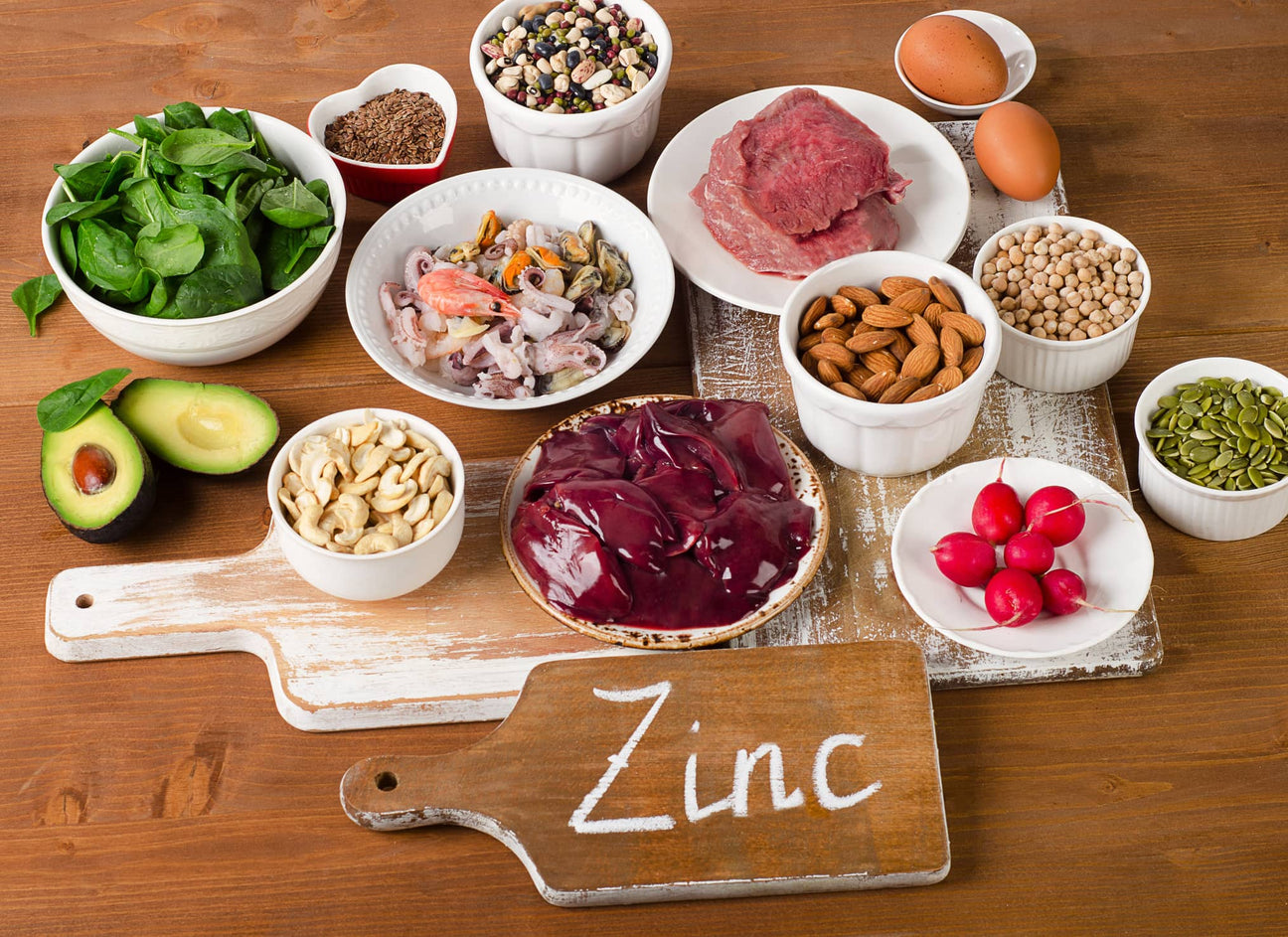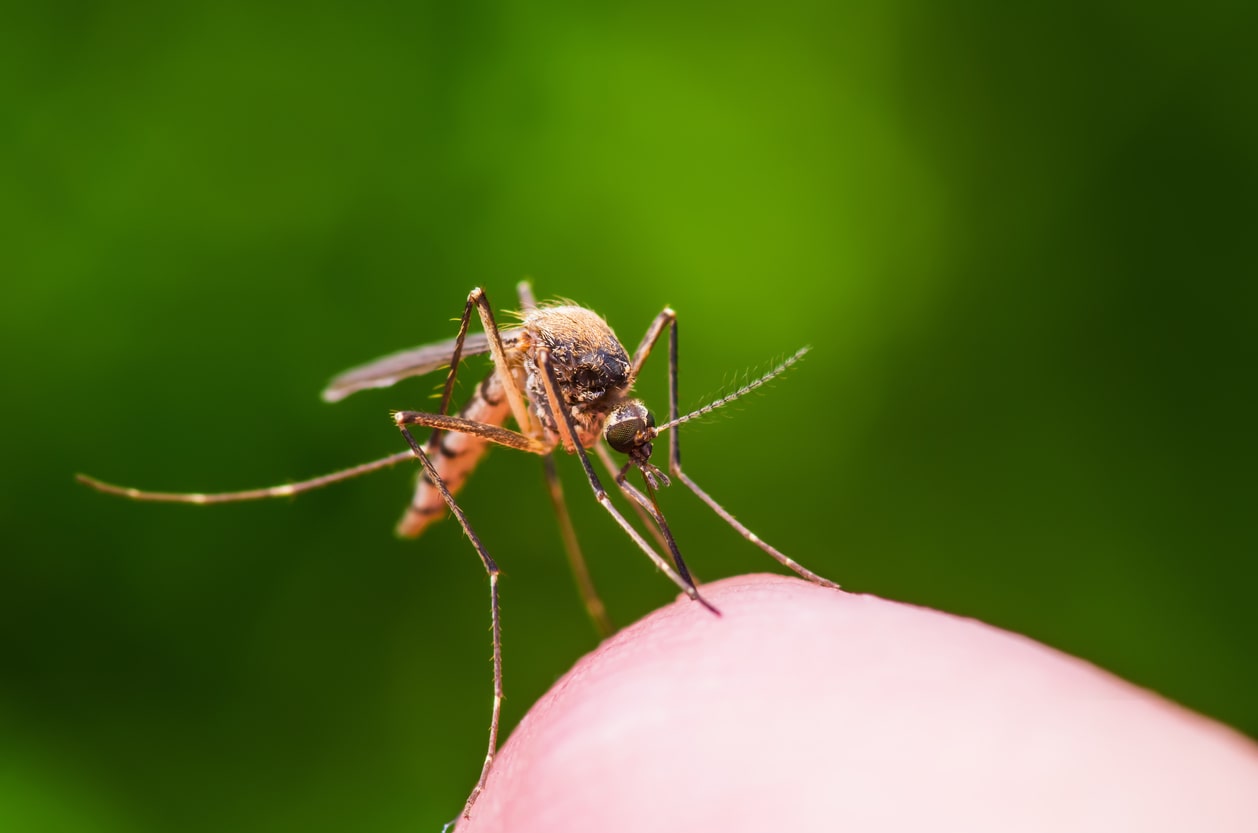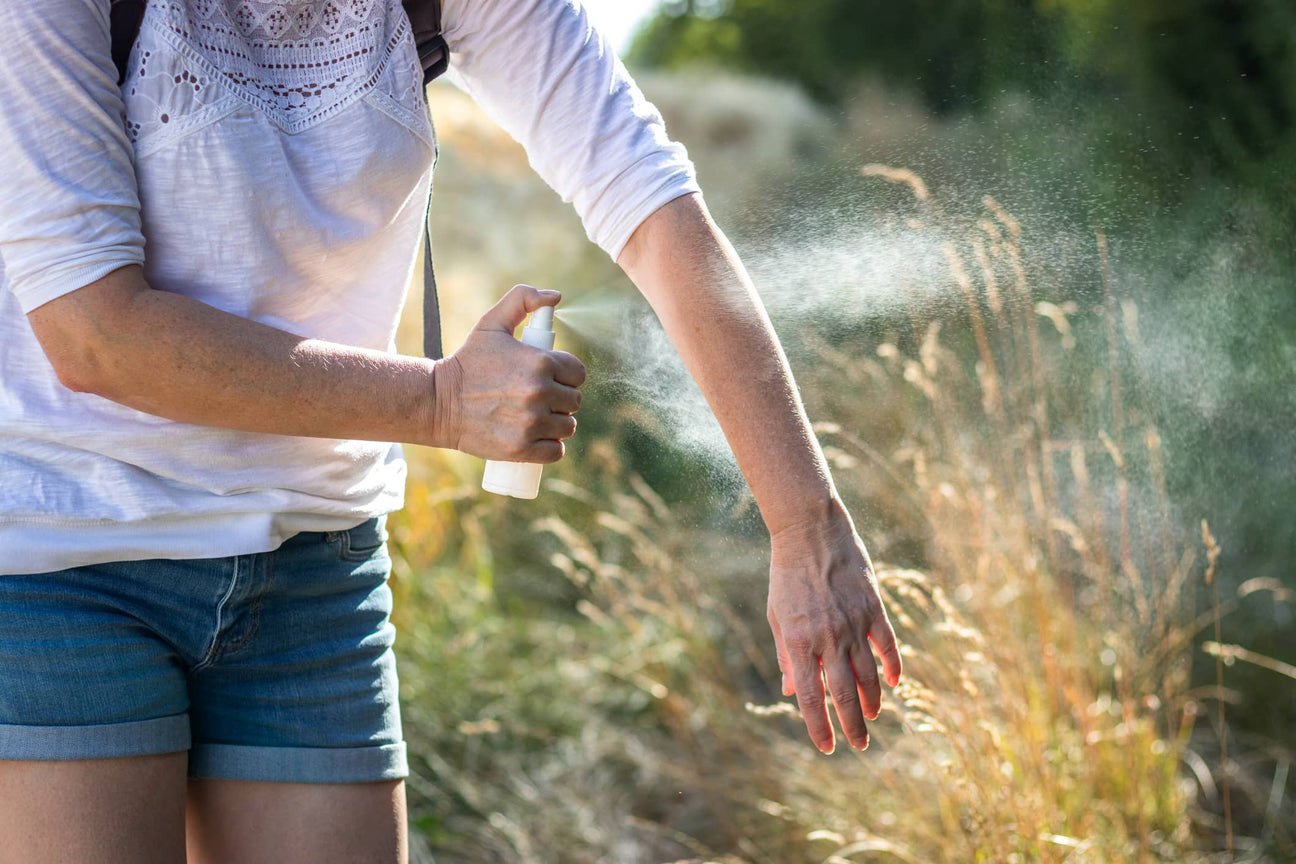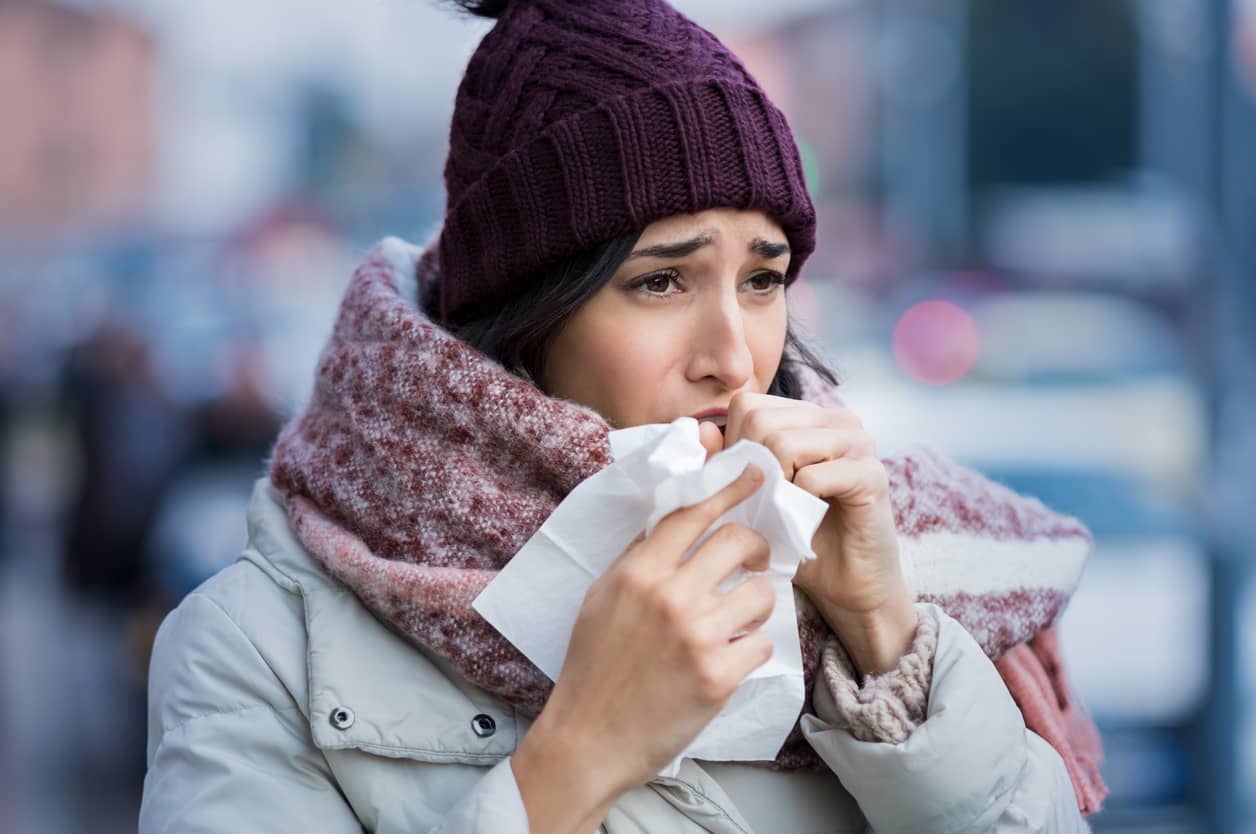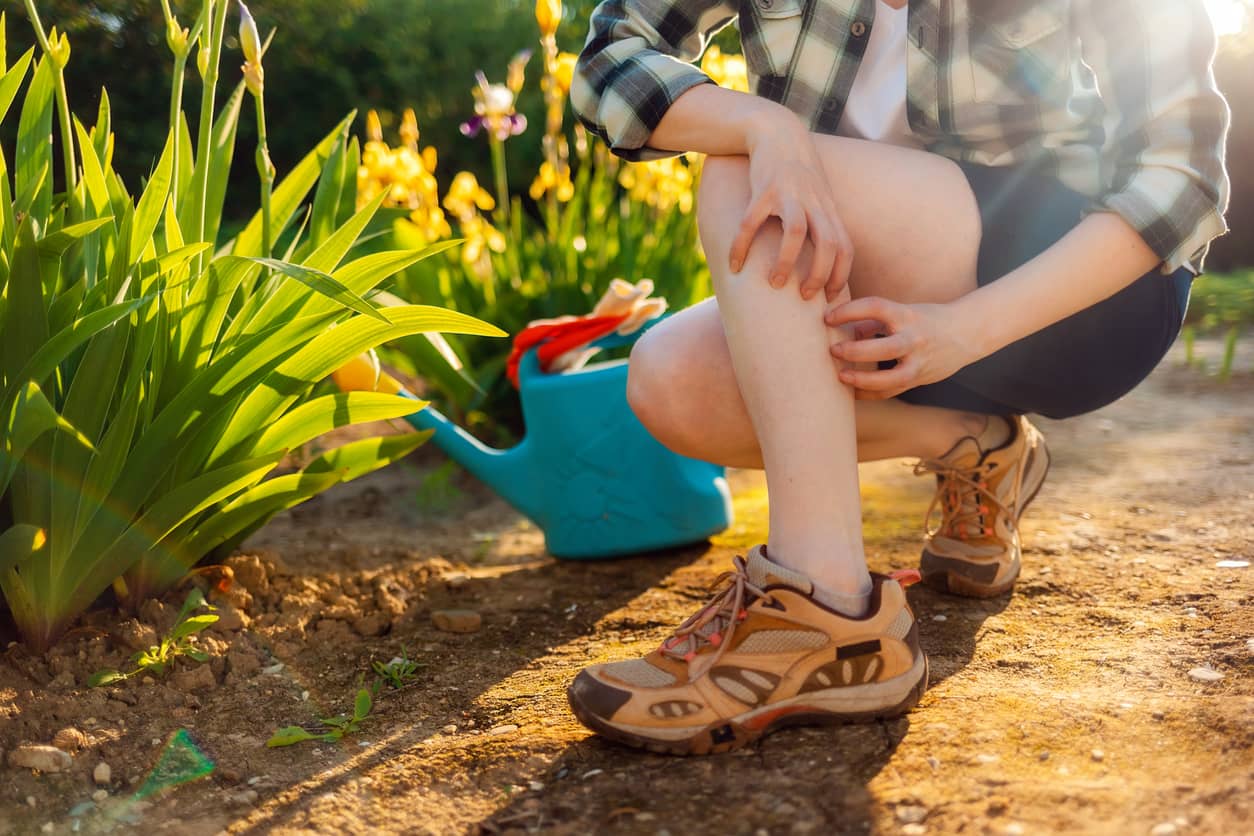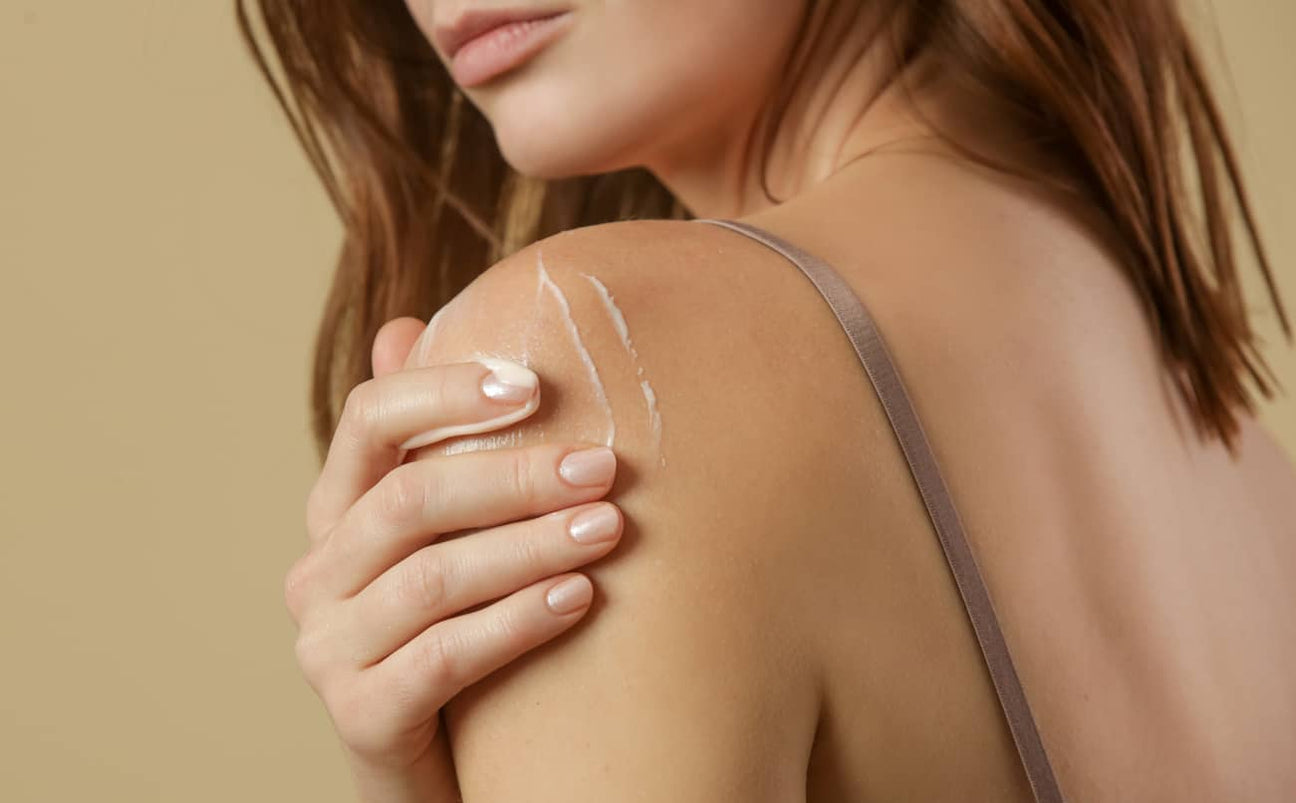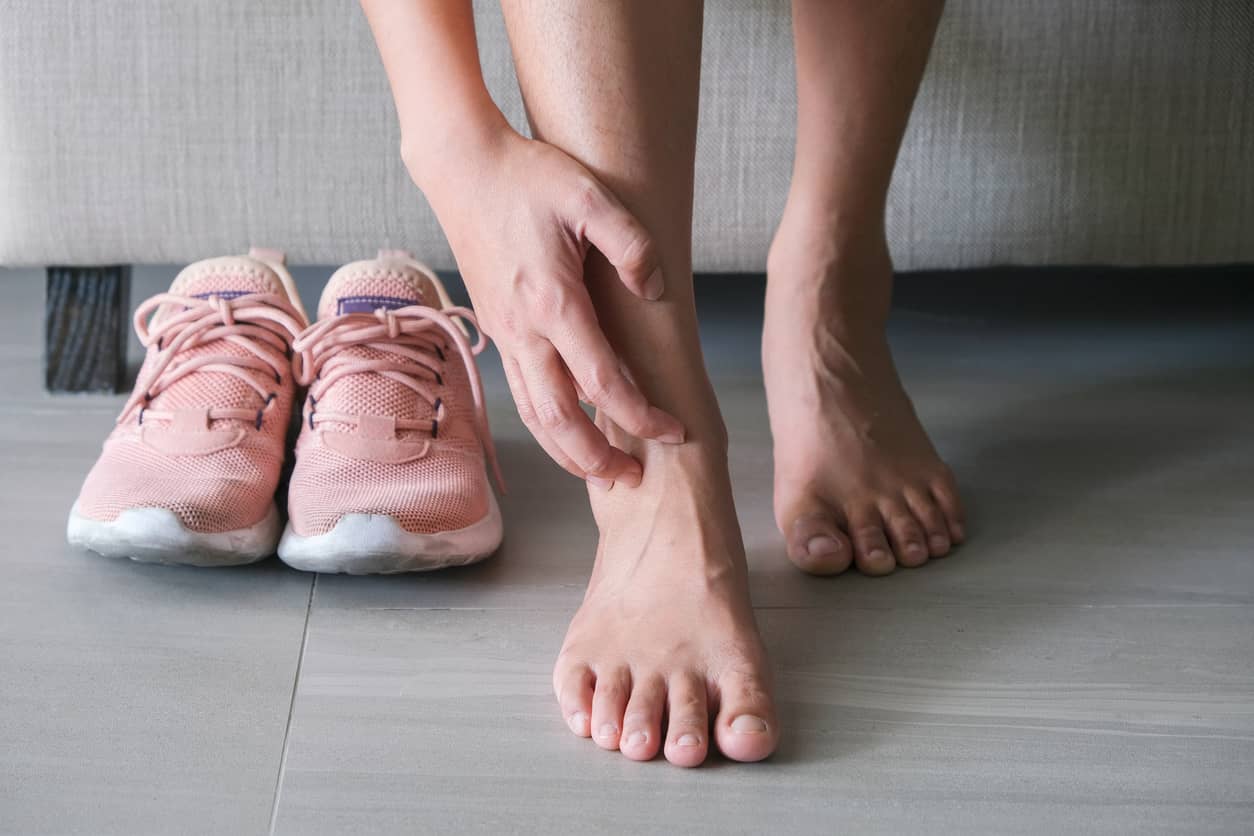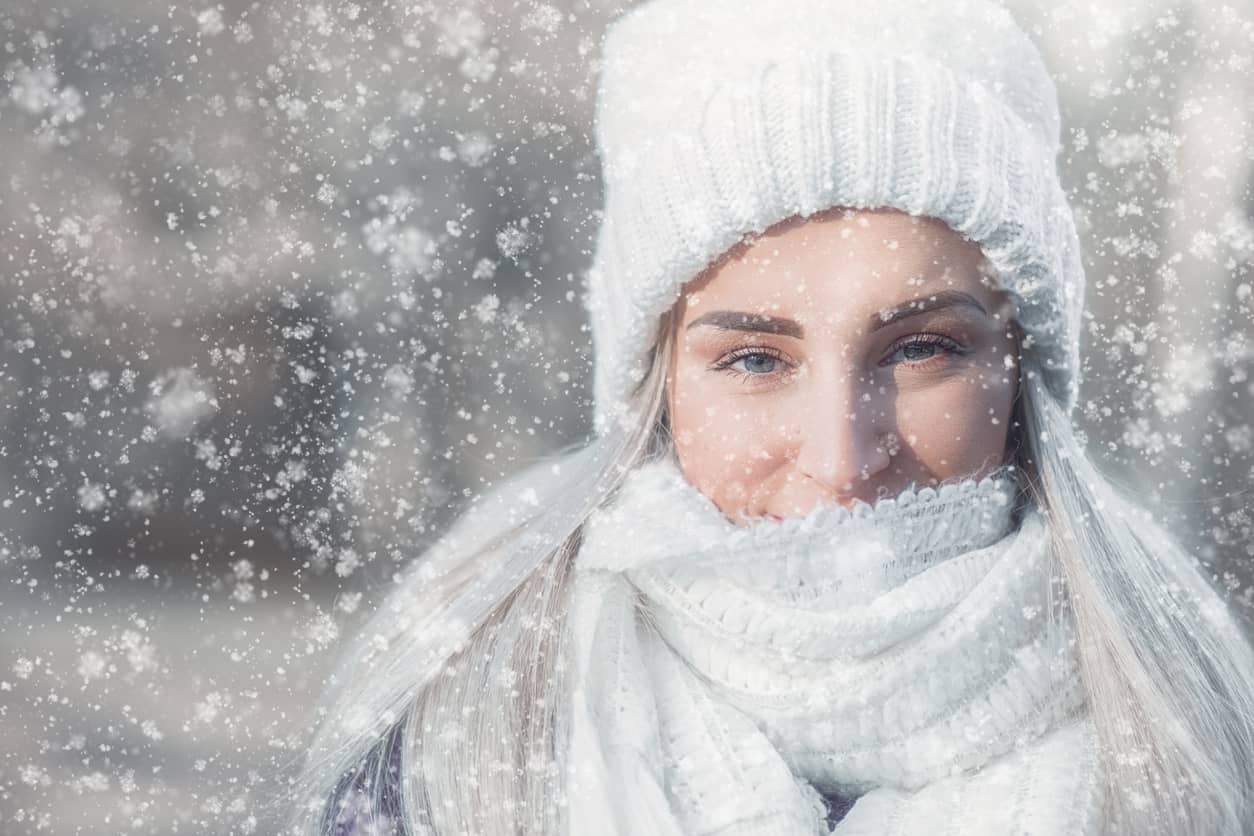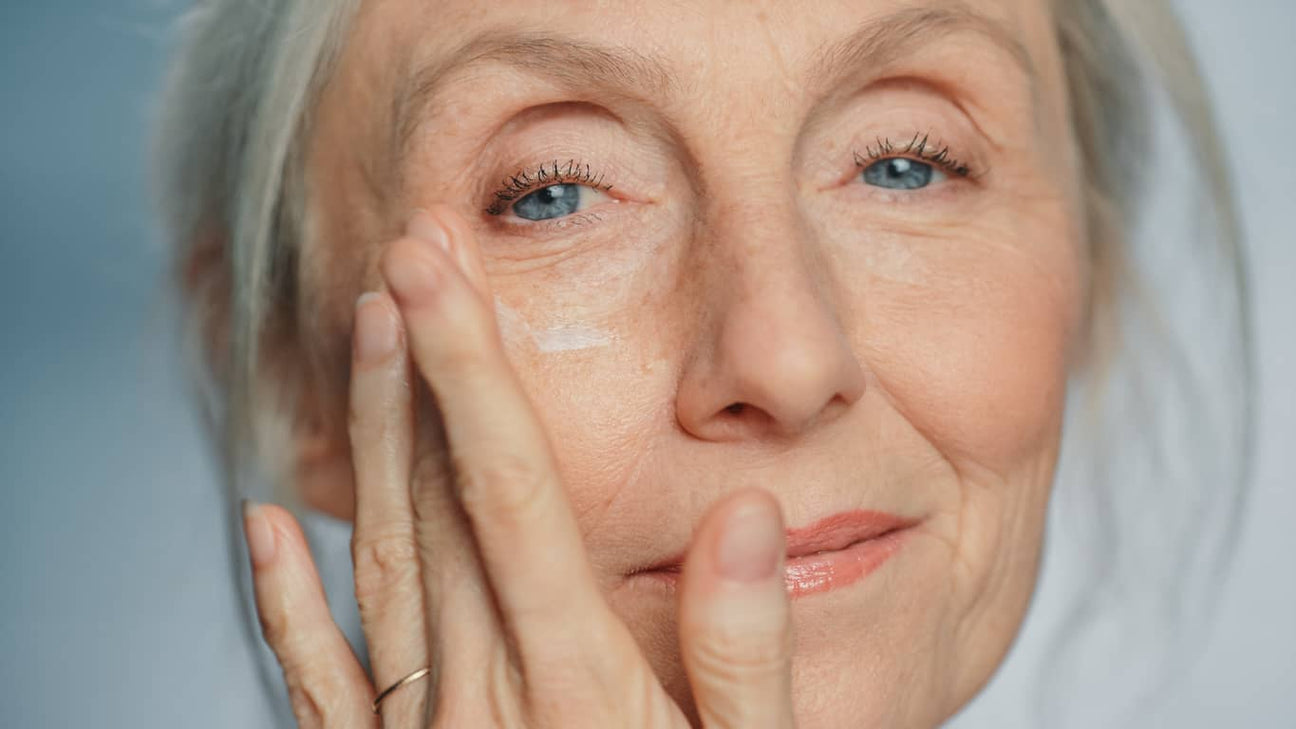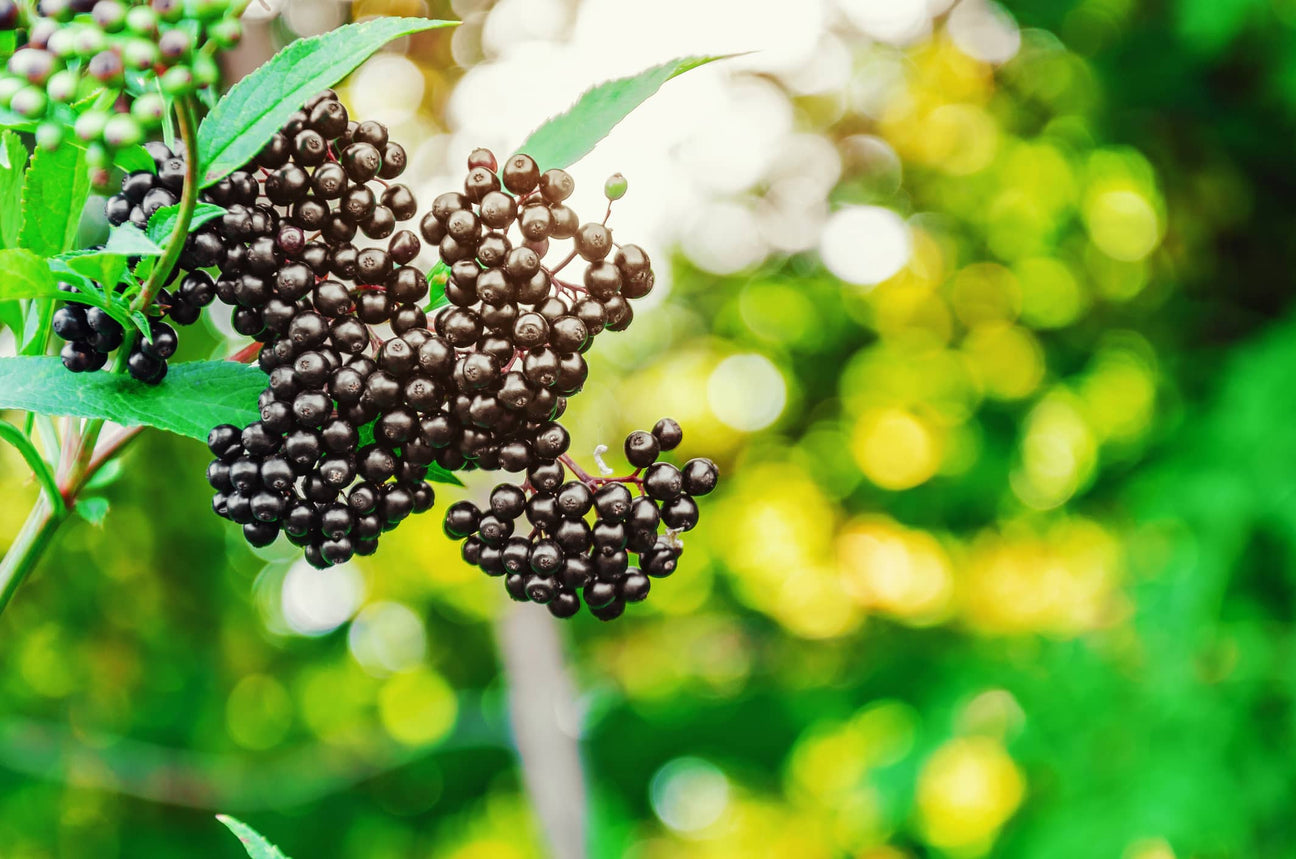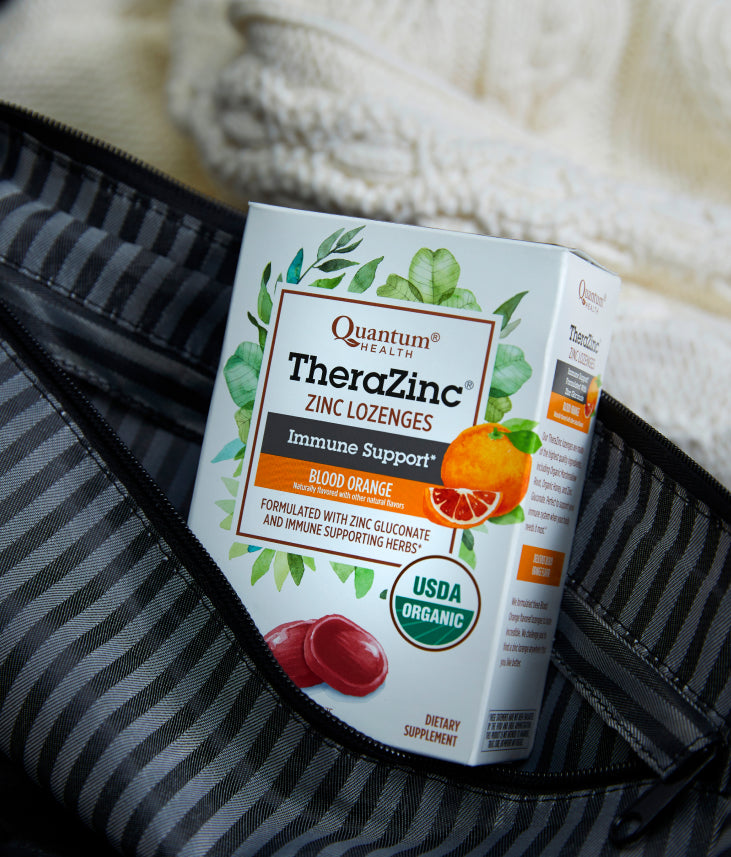Kid's Cold Sores - An Overview
As a parent, your child's first cold sore can come as a surprise. First, you notice that your child is touching and fussing with a part of their lip - within a couple of hours, the area is red and swollen. Before long, your child has a full-blown open sore on or around their mouth. Don't panic! Although kid's cold sores are painful, unsightly, and can cause undue stress in your child, they are not uncommon (about 20% of children between the ages of 5 and 18 get cold sores). You may be reading this article because your child has contracted their first cold sore, or because your kid's cold sores reoccur and you have not found a treatment product that works. In this article, Quantum Health, a leader in cold sore research and medicine, explains what has recently been discovered about kids' cold sores; what causes them, common symptoms, and more importantly cold sore treatment and prevention techniques that work.
What is a Cold Sore?
Even if you've had cold sores before, your kid's first cold sore probably has you wondering exactly what a cold sore is. A cold sore is simply a physical manifestation of the Herpes Simplex Virus (Type 1). Herpes Simplex Virus, or HSV1, is a virus from the Herpesviridae family. Although other species of Herpes can cause chickenpox, shingles, encephalitis, and other illnesses, there is no need to worry that a cold sore is a precursor to other illnesses in your child. The Herpes Simplex Virus 1, though incurable, will at worst only manifest into more cold sore outbreaks in the future. As mentioned, the virus itself is not curable but there are many new treatment and preventative products that keep the virus virtually isolated and stops recurring symptoms such as cold sores. HSV1 is contagious, and it is estimated that it infects approximately 80% of the population's adults, though only some show outward symptoms and many do not even know they have the virus. HSV1 resides in the nervous system, and certain triggers can cause it to transport to the skin (discussed in the next paragraph) where it manifests into a cold sore and replicates. Cold sores usually last 1-2 weeks, starting out as a red blemish, growing into a watery blister, and eventually scabbing over to a full-blown sore. They can be itchy or painful and can reoccur several times a year indefinitely. Children have a tendency to touch, scratch, or lick the reddened area which can make symptoms worse or spread the infection to a larger sore or multiple sores. It is important to remember that some people infected with HSV1 never get a cold sore, while others can have hundreds of outbreaks in their lifetime. Therefore, it is possible to transmit HSV1 to your child without even knowing you have it.
Cold sores should not be confused with canker sores, which are usually inside the mouth. Canker sores are shallow, painful sores on the inside of the lips, the inside of the cheeks, or on the gums.
What Causes Cold Sores in Kids?
Now that we know that Herpes Simplex Virus 1 is the root cause of kids' cold sores and that some people infected with HVS1 do not have symptoms, you're probably wondering what triggers the actual cold sore. After years of research, doctors and scientists now know of certain triggers that are directly linked to cold sore manifestation in patients with HSV1.
Infections, Illnesses and Fevers: When your child has a fever, infection or other illnesses, their immune system will be compromised. Your child's immune system is not as strong as that of an adult whose body has had time to produce certain antibodies and immune responses. Therefore, just like many other illnesses, your child is more prone to get a cold sore when their immune system is weakened by illness. Cold sore outbreaks are more common in children during periods of illness than they are in adults.
Sun Exposure: When a child is exposed to the sun and is not protected by UV lotions or balms, they have an increased risk of a cold sore outbreak. Sometimes kids' cold sores are misdiagnosed as ‘heat blisters' which can look very similar to cold sores. The noticeable differences are that heat blisters do not always scab and usually heal quite quickly after the blister has receded. The kid's cold sores, however, will always scab over and will stay in that state for a week and sometimes longer.
Chapped Lips: If the air in your house is dry, or your child does not drink enough fluids, their lips may chap. Chapped lips are another cause of cold sores in kids and adults.
Stress: In more recent studies, doctors and scientists have found that the leading cause of cold sore outbreaks is stress. Children can go through long periods of excessive stress throughout their childhood. Problems at school, problems at home, nightmares, nervousness, and a many other factors can cause your child to be stressed out and result in repeated or random outbreaks of cold sores. It is important to remember that if your child has a cold sore, the sore's unsightliness may cause extra stress in social situations, instigating repeated cold sore outbreaks.
What are the Symptoms?
Cold sore symptoms are usually the same for both adults and their children. A kid's cold sore will generally start as a tingly or itchy feeling on the lips or around the mouth. Within a couple hours the area will appear as a red blemish. Soon afterwards, the reddened area starts to swell into a small bump, at which point the area starts to become painful. These are the preliminary symptoms of a cold sore outbreak and if treated immediately with can decrease the lifecycle of the cold sore. The painful bump will then turn into a full blown painful blister that can easily spread if your child continues to touch or irritate it. Eventually, the blister scabs over and remains a painful sore for anywhere from a couple of days to 2 weeks. The scabbed cold sore can crack and bleed which is particularly painful for children. At this stage, the sore can still spread to other areas of the mouth if irritated. Cold sores spreading in size, in extreme cases across the entire mouth or onto the chin and nose, are usually a result of your child constantly touching the sore area. Cold sores can also spread by way of multiple sore eruptions.
Treating Kid's Cold Sores
There are two types of treatment for your kid's cold sores. One is preventative and the other is reactive. There are many OITC products on the market such as Lip Clear Lysine+ that will effectively treat a cold sore. Preventing cold sores requires that you determine the foods or situations that trigger the cold sore. This is not a foolproof method. However, foods high in lysine but low in arginine may make a difference. Stress or sun can also trigger a cold sore, so using a good sunscreen lip balm when outdoors may help.
Lip Balms: Preventing your child from sun exposure with a UV lip balm can help protect your child from cold sore outbreaks and other afflictions such as heat blisters and chapped lips. For your child's safety, always use UV protection when playing in the sun for extended periods.
Stress Reduction: Reducing the stress in your child's life is very important regardless if they suffer from cold sore outbreaks or not. Children endure stresses of all kinds and in many cases go unnoticed by parents and teachers. If you notice your child is having frequent cold sore outbreaks, speak to them about school and other issues that may be causing them stress (remember the cold sores themselves may be a significant cause). Reduction of cold sore outbreaks is only one benefit of talking to your child and reducing his or her stress.
Irritation: When your child is developing a cold sore, try to persuade them from the instinct to touch or lick the blister or sore. Children have a tendency to irritate cold sores because of their tingly, itchy or painful nature. Touching a cold sore not only makes the sore larger and more painful, but also increases the chance that your child can spread HSV1 to another person or child.
Are Kid's Cold Sores Contagious?
HSV1 and cold sores are contagious. You may be surprised to find that you have transmitted HSV1 to your child, especially if you do not suffer from cold sores. Cold sores can be spread in many different ways and from many different everyday activities which is why it is so prevalent in adults and children.
Saliva: HSV1 and cold sores can be transmitted from one person to another via their saliva. Although kissing is the first thing that comes to mind, there are many other ways in which HSV1 can be transmitted via saliva. Kids sharing a drinking glass, food or utensils can easily spread HSV1. Because the virus can live on cloth for a short time, sharing hand or face towels is another way HSV1 can be transmitted from one person to another. Have you ever licked your finger and wiped dirt of your child's face or wiped your lips and then touched your child's utensil, glass or bottle? As parents, we all have done this, and inadvertently could easily spread HSV1 to our children, even if we do not get cold sores ourselves. Refraining from this direct or indirect contact is almost impossible and explains why 20% of children and 80% of adults get cold sores.
Direct Contact: When a child has a cold sore, they often touch it and irritate it. Cold sores can be spread when a child with a cold sore touches his or her face and then touches another person's face or a cloth, utensil, drinking glass or any other object that comes into contact with another person. Again, with children, this is very difficult to avoid, especially when they play together. Kissing your child when they have a cold sore is an easy way to transmit the virus.
Share
Your share can inspire countless others.





